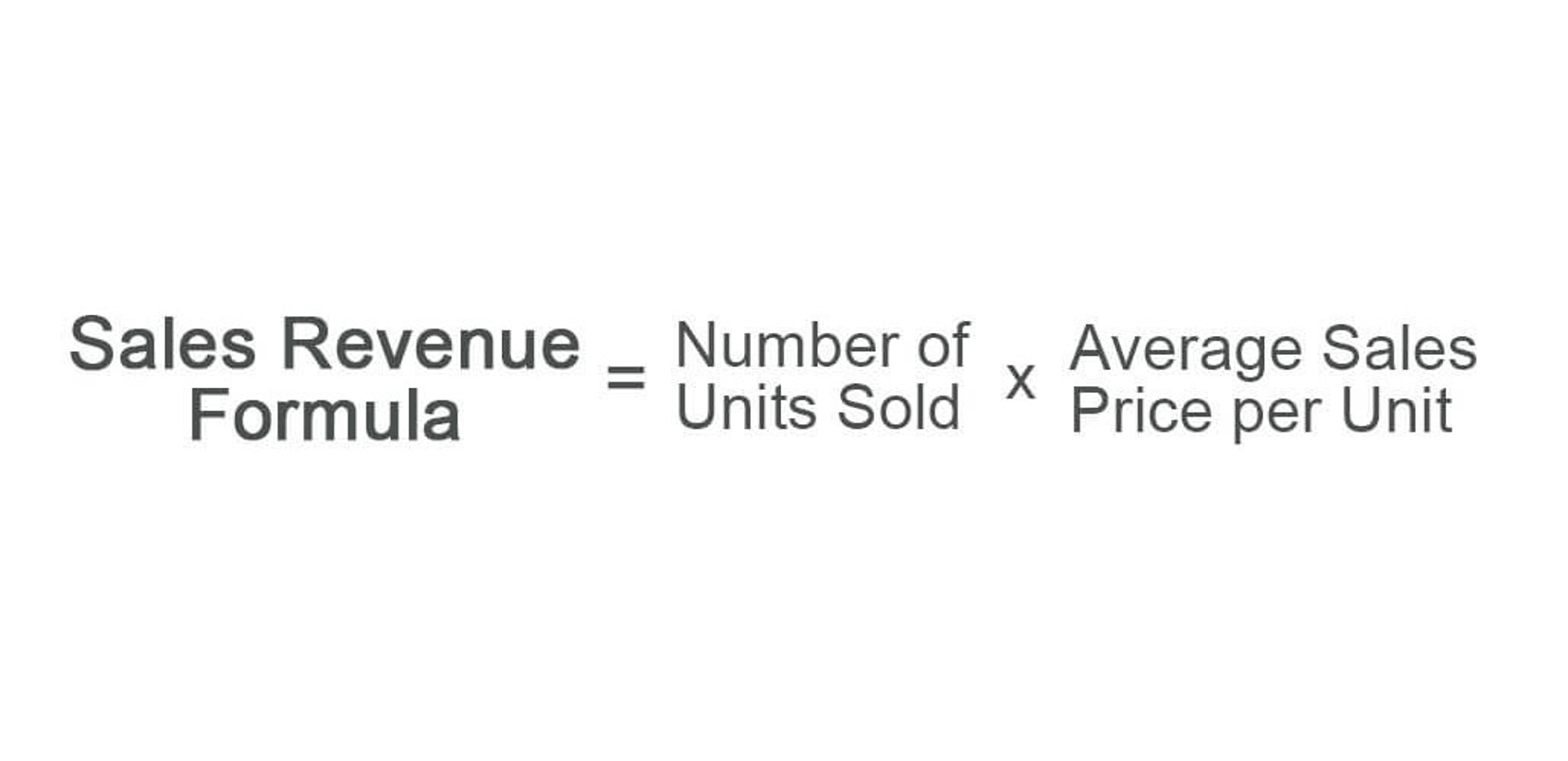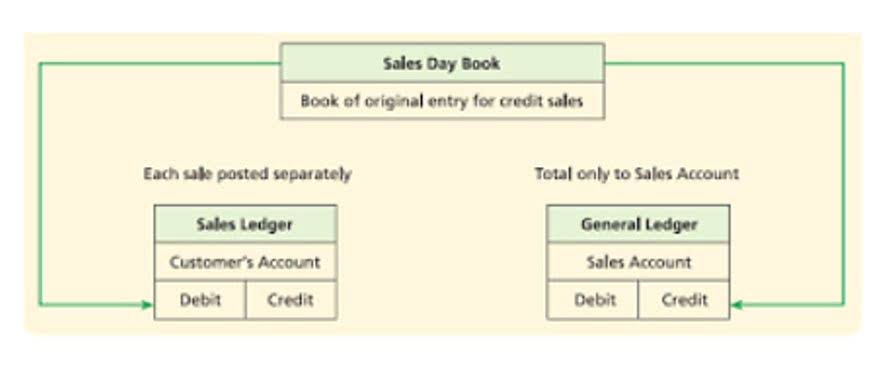
But even if your asset turnover ratio number isn’t where you want it to be, don’t worry—that number isn’t set in stone. If you can make adjustments in your processes to improve that number, that’s great news—it shows that you’re a flexible owner, and can make changes to benefit your business. This means that Company B has $1 of most liquid assets for every $1 of current liabilities, which indicates a satisfactory liquidity position. Let us know more about the asset turnover ratio, how it is calculated, types of asset turnover ratio, and more in detail. ROA is a multifaceted tool that offers various stakeholders a clear picture of how well a company’s assets are being managed to produce earnings. It’s a testament to the notion that it’s not just what you own, but how you use what you own that truly counts in the business world.

Net Fixed Asset Turnover (including Operating Lease, Right-of-Use Asset)
Other business sectors like real estate normally take long periods of time to adjusting entries convert inventory into revenue. Hence, the industry-wide asset turnover ratio is usually low even though real estate transactions may result in high-profit margins. An asset turnover ratio is a ratio that compares the total amount of a company’s net sales in dollar amount to the total amount of assets that was used to generate the stated amount of net sales. This means that an asset turnover ratio interpretation tells us how efficiently the assets of a company are deployed to generate revenue. Therefore, a higher value of this ratio is usually interpreted as a company using its assets well enough to generate its net sales or revenue.
How to improve the asset turnover ratio
However, different accounting methods may affect how revenue and assets are reported, which may lead to different asset turnover ratios for the same business. For example, a business may use different depreciation methods, inventory valuation methods, or revenue recognition methods, which may affect the value of its assets and revenue. Therefore, asset turnover should be compared across businesses that use similar accounting methods and standards.

Step 2: Find your average total assets.

So, if you have a look at the figure above, you will visually understand how efficient Wal-Mart asset utilization is. In other words, Sally’s start up in not very efficient with its use of assets. Watch this short video to quickly understand the definition, formula, and application of this asset turnover ratio financial metric. Ratio comparisons across markedly different industries do not provide a good insight into how well a company is doing. For example, it would be incorrect to compare the ratios of Company A to that of Company C, as they operate in different industries. Total sales or revenue is found on the company’s income statement and is the numerator.
- It is the gross sales from a specific period less returns, allowances, or discounts taken by customers.
- For example, retail or service sector companies have relatively small asset bases combined with high sales volume.
- The total asset turnover is defined as the amount of revenue a company can generate per unit asset.
- Publicly-facing industries such as retail and restaurants tend to have a higher asset turnover ratio.
- The total sales revenue is the amount of money that a company earns from selling its products or services.

Asset turnover ratio first Bookkeeping for Consultants emerged in the early 1900s during the rise of large industrial corporations in America. Analysts began using asset turnover to evaluate how productively railroad, steel, and automotive companies were leveraging massive investments in capital-intensive assets to drive growth. The asset turnover ratio gained wider adoption after 1925 when unveiled in a seminal textbook on financial statement analysis.


